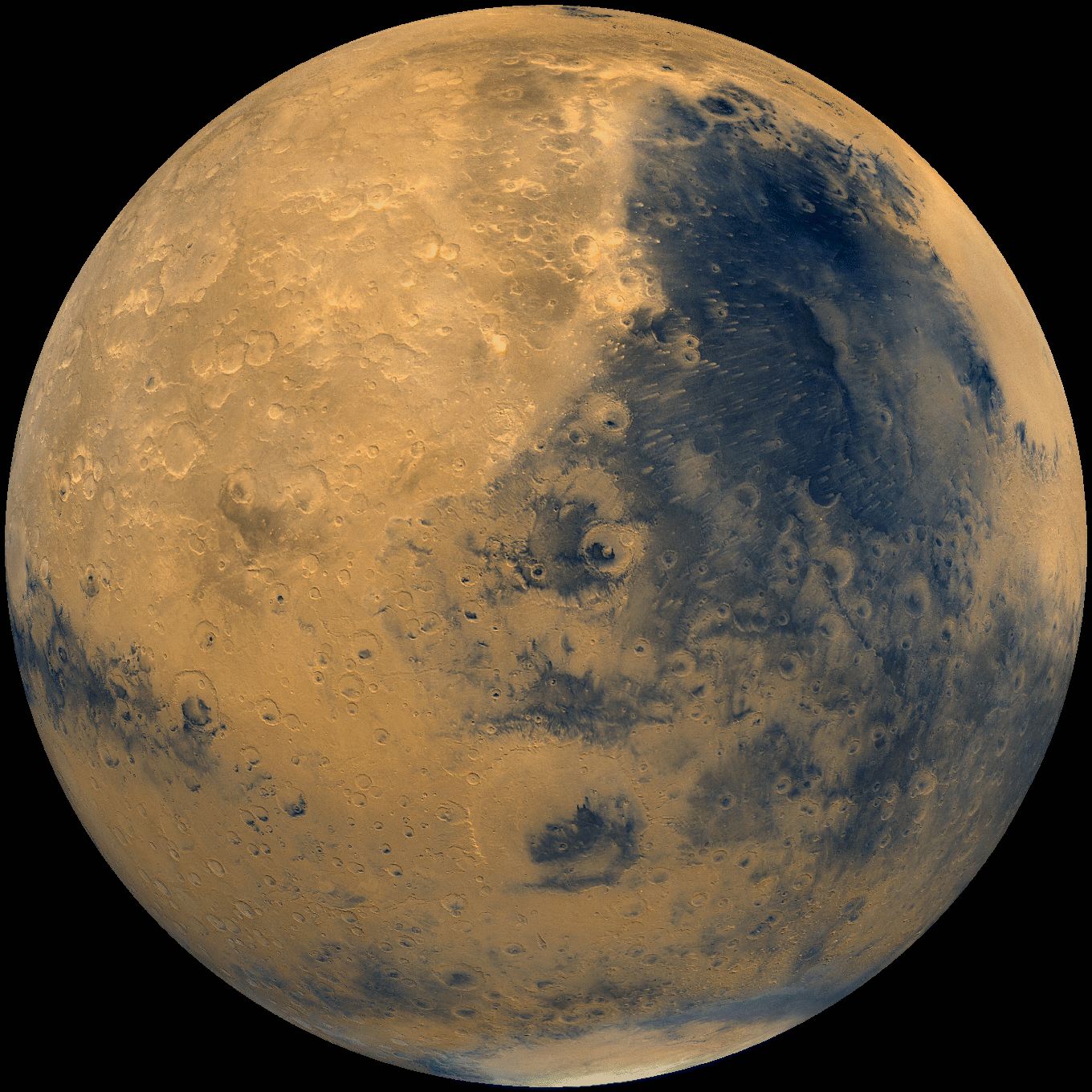Space Agencies Set Roadmap for Manned Mars Mission

Representatives of 10 space agencies from around the world met in Japan Tuesday (Aug. 30) to advance plans for getting humanity to Mars by the mid-2030s.
The space agencies have been working together for the past year as part of the International Space Exploration Coordination Group (ISECG), with the goal of developing a long-range human space exploration strategy.
That strategy begins with fully utilizing the International Space Station, then aims to expand humanity's presence across the solar system over the next 25 years, leading ultimately to manned missions to Mars, project officials said. [Visions of the Future of Human Spaceflight]
There are two pathways to Mars, according to the space agencies' so-called Global Exploration Roadmap, which is still under development. They are:
1 – Send astronauts straight to the moon as their next stop; or
2 – Launch a manned mission to an asteroid first.
Both options would allow the space agencies flying them to develop and hone the technologies needed to reach the Red Planet, project officials said.
Breaking space news, the latest updates on rocket launches, skywatching events and more!
The first version of the roadmap is due to be announced in the next few weeks. This iteration will help focus partner agencies' planning in the areas of planetary robotic exploration, advanced technology development and use of the International Space Station.
"We are very happy with the progress of the Global Exploration Roadmap to technically coordinate both near and long term space exploration planning with world space agencies," said ISECG chair Yoshiyuki Hasagawa, of Japan's Aerospace Exploration Agency, in a statement.
Bill Gerstenmaier, NASA's Associate Administrator for Human Exploration and Operations and the outgoing ISECG chair, voiced similar sentiments.
"NASA is confident that the release of this product, and subsequent refinements as circumstances within each space agency evolve, will facilitate the ability of space agencies to form the partnerships that will ensure robust and sustainable human exploration," Gerstenmaier said. [Most Extreme Human Spaceflight Records]
The ISECG was established as a voluntary, non-binding international coordination forum, where the partner agencies that contribute to a global exploration strategy can exchange information and ideas.
The overall goal is to plan out human and robotic space exploration missions focused on solar system destinations where humans may one day live and work.
The development of the Global Exploration Roadmap is the second step toward achieving this goal, following the development of the ISECG Reference Architecture for Human Lunar Exploration, officials said.
The space agencies meeting in Japan represented the United States, Japan, Europe, Canada, France, Germany, Italy, the Republic of Korea, Russia and the United Kingdom.
Follow SPACE.com for the latest in space science and exploration news on Twitter @Spacedotcom and on Facebook.

Space.com is the premier source of space exploration, innovation and astronomy news, chronicling (and celebrating) humanity's ongoing expansion across the final frontier. Originally founded in 1999, Space.com is, and always has been, the passion of writers and editors who are space fans and also trained journalists. Our current news team consists of Editor-in-Chief Tariq Malik; Editor Hanneke Weitering, Senior Space Writer Mike Wall; Senior Writer Meghan Bartels; Senior Writer Chelsea Gohd, Senior Writer Tereza Pultarova and Staff Writer Alexander Cox, focusing on e-commerce. Senior Producer Steve Spaleta oversees our space videos, with Diana Whitcroft as our Social Media Editor.
